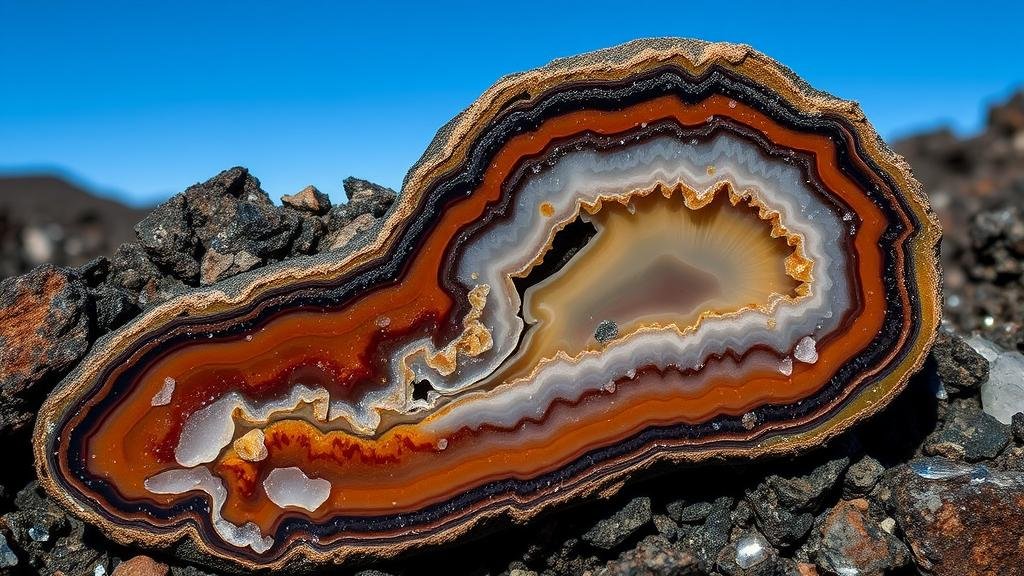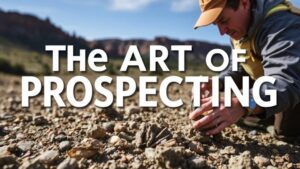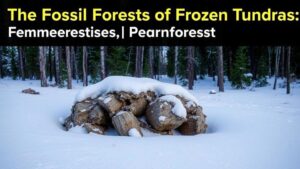Exploring volcanic breccia in the Cookes Range for unique agate and quartz inclusions.
Exploring Volcanic Breccia in the Cookes Range for Unique Agate and Quartz Inclusions
The Cookes Range, located in southwestern New Mexico, is not only notable for its stunning landscapes but also for its geological treasures. Rockhounds and mineral collectors flock to this area to explore its rich deposits of volcanic breccia, particularly for its unique agate and quartz inclusions. In this article, we will delve into the composition of volcanic breccia, its formation, and tips for collectors seeking out these fascinating materials.
Understanding Volcanic Breccia
Volcanic breccia is a type of rock that forms from the accumulation of volcanic debris, which is the result of explosive volcanic eruptions. It is primarily composed of angular fragments that are cemented together by volcanic ash or lava. This rock type is particularly interesting for collectors due to the variations in color, texture, and mineral content.
According to the U.S. Geological Survey, volcanic breccia can be found in numerous locations across the United States, with significant occurrences in the Southwest. Cookes Range is particularly rich in this material as it showcases remnants from ancient volcanic activity, dating back millions of years.
Components of Interest: Agate and Quartz Inclusions
One of the most compelling reasons to explore volcanic breccia in the Cookes Range is the presence of agate and quartz inclusions. Both of these minerals are highly sought after by collectors for their unique appearances and durability.
- Agate: This microcrystalline form of quartz exhibits bands of color that are created by the presence of various trace minerals. Agate is often polished to reveal its striking patterns, making it a popular choice for jewelry and decorative items.
- Quartz: Commonly recognized for its crystalline structure and clarity, quartz can vary significantly in color, influenced by impurities. Inclusions may even carry the essence of the host rock, enhancing the quartzs aesthetic appeal.
Agate and quartz found within volcanic breccia often display interesting formations and colorations due to the influence of the volcanic materials surrounding them. For example, iron and manganese can lend shades of red, orange, and yellow to agate, while the presence of other minerals can create striking visual effects within quartz crystals.
Collecting Tips for Rockhounds
When venturing into the Cookes Range to collect volcanic breccia and its beautiful inclusions, its beneficial to keep several strategies in mind:
- Research the Area: Before heading out, familiarize yourself with the geology of the Cookes Range. Consult geological maps and reports from local geological surveys to identify the best locations for volcanic breccia.
- Bring the Right Tools: Equip yourself with the proper tools, including a geological hammer, safety goggles, and a sturdy backpack. A field guide that details local minerals can also be invaluable.
- Check Regulations: Be aware of any regulations regarding collecting in the area, including restrictions on national lands. Always practice ethical collecting to preserve the geological integrity.
- Inspect Samples Carefully: When you find a promising piece of breccia, inspect it closely. Look for visible inclusions of agate and quartz that hint at hidden beauty beneath the surface.
Real-World Applications and Market Value
The allure of agate and quartz inclusions in volcanic breccia extends beyond personal collections. e materials have significant market value due to their aesthetic qualities and use in the jewelry-making industry. For example, high-quality agate can fetch prices ranging from $5 to $50 per carat, while designer pieces can command much higher prices depending on craftsmanship and rarity.
Collecting these minerals also contributes to the appreciation of geology and earth sciences. By understanding and uncovering the history encoded in these rocks, collectors become ambassadors of geological heritage, promoting awareness and conservation efforts.
Conclusion: Embrace the Adventure
Exploring volcanic breccia in the Cookes Range offers rockhounds and mineral collectors an exciting adventure filled with the potential for discovery. By understanding the characteristics of this unique rock type and developing effective collecting strategies, enthusiasts can uncover stunning specimens of agate and quartz with each excursion.
Whether youre a seasoned collector or just starting, remember to approach your exploration with curiosity and respect for the environment. The Cookes Range awaits with its geological wonders–happy hunting!



